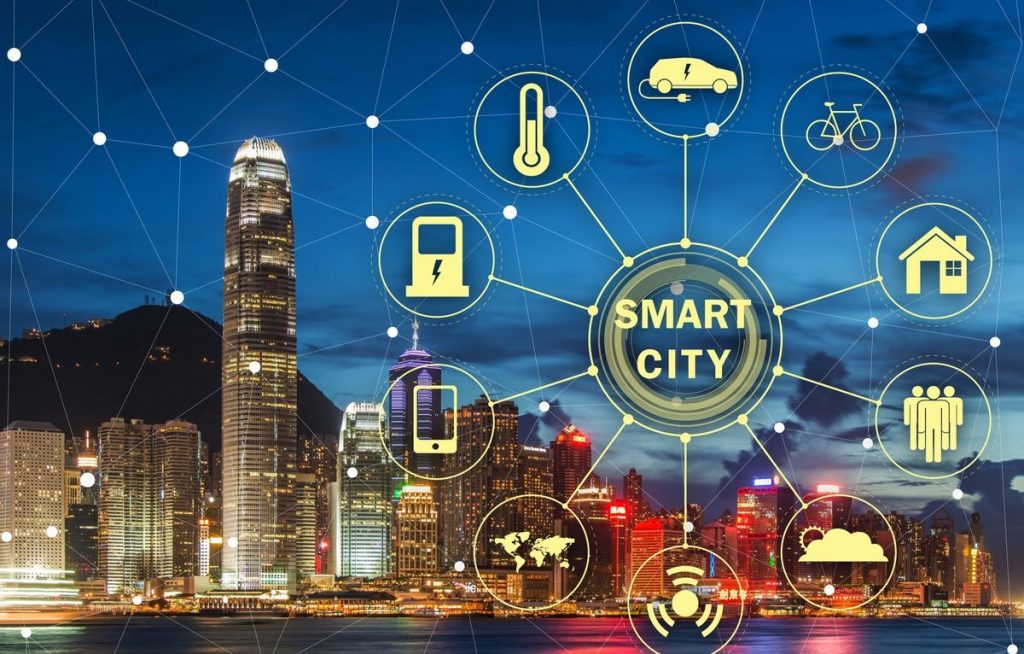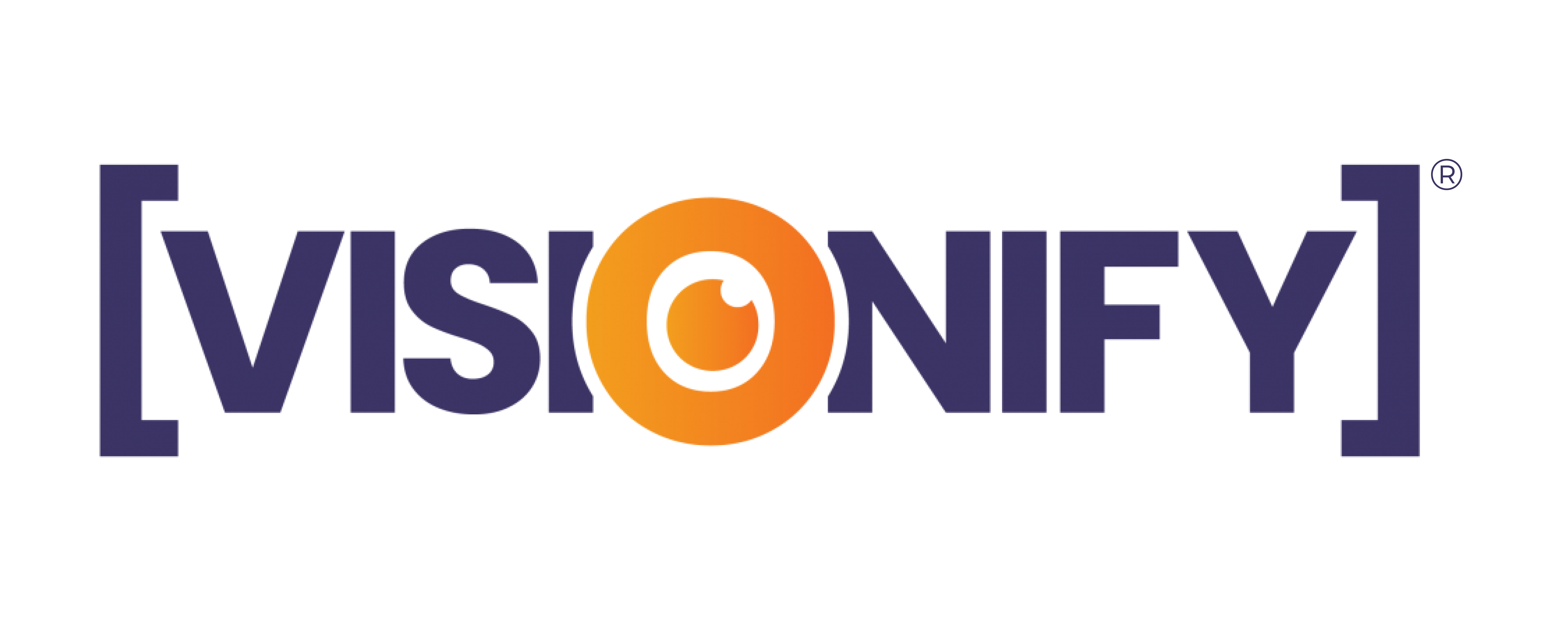
Smart City covers almost every aspect of life by a computer system that a typical smartphone can access. The amalgamation of various technologies such as Wi-Fi, Bluetooth, the internet of things, and computer vision. It would allow seamless interaction between humans and these systems. Also, the availability of vast amounts of data with these systems through sensors, cameras, and other devices would give a great scope for creating solutions to the current chaotic situation prevailing in most cities. Smart cities use technology and data to run safer, smarter, and more efficiently. Computer Vision (CV) plays a significant role in towns like London to improve safety and security. In this blog, I will demonstrate how computer vision at its very basics can enhance our security and safety in cities. Modern cameras, cell phones, and incredible advances in computer vision software make this possible.
1. Machine learning applications in computer vision
1.1. Fire Safety Cameras
Fire detection is a significant yet unsolved problem. Today there are more fire incidents in urban areas and in forests than ever before. Scientists believe that machine learning, deep learning, and neural networks can overcome these limitations. Smart cameras detect fire by applying machine learning (specifically, deep neural networks). We can see cameras throughout the smart city that can accurately predict the future. These cameras are smart enough to indicate whether or not fire would start.
1.2. Drones for Our safety
Drones for public safety give fast relief and rescue in a natural disaster. With the rise of cost-effective drones, it’s now easy to create networks of drone surveillance cameras. They could be networked together to make an all-seeing drone city. Drones are uncrewed aircraft that could carry all sorts of public monitoring equipment, used in conjunction with software to analyze data from these devices. Uses of Drones in the smart city shall be limited to situations where deployment can save lives, prevent property loss, and deter crime. Drones present opportunities to help people in police work, firefighting, and public safety. Valuates Reports says Drones Market Size To Reach 67010 Million USD By the End of 2027.
1.3. Public Safety App
Public Safety App is a visual app with computer vision, machine learning, and deep learning to detect danger and disaster and send alerts. The App has tools to see smoke, fire, rust, and other issues to avoid hazards in the home or workplace. The App also offers live video surveillance of your home or office when you’re away, turned into actionable intelligence. For example, when it detects motion, it can automatically flag the event for police activity, most likely based on facial recognition of the law enforcement officers, detect anomalies, track license plates, detect specific vehicles.
For example, this App has computer vision to detect if a child is in a pool, and the App sends a text to a parent to come and check. The walls around the pool can have sensors attached that send data to this App, the cameras that capture who swim when, and this data is made available from multiple cameras from multiple locations. In addition, the App sends a signal when a child is about to enter a pool area. Individual camera devices are available for less than $100 each.
For example, it would use your face print or your age range to predict where you are likely to be in 1 minute or 1 hour. It will also identify potential dangers by recognizing guns, bombs, cars, and people with criminal records.
1.4. Smart Lock
These days smart lock systems and everything revolves around ‘smart home’ and ‘connected home’ areas. Smart locks systems use machine learning and neural networks to recognize your fingerprint and unlock your door with a few touches of a button. By analyzing data from several different sensor video cameras, inputs from pre-existing sensors on property management control panels, they can establish whether you are authorized to enter the building Property. It is not just about locking the door but also about the user’s convenience. A good lock must be easily accessible to all who have access to a building or a home. It must be as user-friendly as feasible for both the owner and others who have access to it. Finally, the user should open and close the locks, making them an essential security system.
Emergen Research says the Global Smart lock market size reached USD 2.92 Billion in 2020.
2. Computer Vision Security Applications
2.1. Smart Cameras
Facial Recognition cameras are an integral part of many smart cities. These cameras keep monitoring the city for criminal activities, can recognize moving objects, and detect wrongdoing. In addition, smart surveillance systems can send alerts when irregular activity occurs in the town. The signs are dispatched with the help of public safety agencies. Allied market research says the Global smart traffic camera market size was valued at $8.36 billion in 2020 and is projected to reach $32.34 billion by 2030.
2.2. Smart City Traffic Monitoring
Computer vision and machine learning are employed for traffic monitoring, including detecting vehicles and objects. It is also possible to analyze traffic conditions based on image capture and vehicle classification. For example, traffic cameras used in smart cities use computer vision and machine learning algorithms for real-time traffic monitoring, detection, and recognition of vehicles and estimation of their parameters such as speed and acceleration, thus reducing the time required to detect any potential danger for drivers on the road.
Source: Wowza
2.3. Automated Weapon Detection
Smart security systems can protect us from many problems, from terrorism to theft. Computer vision sensors can greatly improve security by detecting concealed weapons and preventing violence based on identifying and recognizing objects. By combining neural networks and machine learning with the real-time adaptation that only computer vision technology provides, we can open new possibilities for public safety and optimize current processes.
Source: omnialert
2.4. Social Distancing
Computer vision social distancing is an AI-powered real-time application providing security services to companies and communities. Using deep learning-powered models, the system can detect, track, and monitor people in live surveillance camera feeds. It combines a live video stream from a surveillance camera with neural network object detection capabilities to process social distancing monitoring by people in public spaces and automatically notify security staff.
Source: Pyimagesearch
2.5. Automated Mask Detection
The employment of computer vision systems as a mass surveillance tool is possible. The ease of access to camera feeds online represents a huge potential for this operation to be automated. With the help of computer vision, it can monitor any scene and send notifications to people who are not wearing masks. The deep neural network generates the mask detection model after detecting non-compliant behavior, utilizing data from Live CCTV Footages, broadcast videos, social networks, or wearable cameras/cameras deployed in the public space. Prohibit and deter the transmission of airborne infections from public health and safety. Security guards keep an eye on these systems and can monitor any alerts. Machine learning can allow cameras to measure air quality, observe facial, hand, and foot movements to determine behavioral traits & predict an individual’s potential future behavior can detect signs of diabetes or skin cancer.
Source: LeewayHertz
Conclusion
Many moving objects may be seen in a smart city, demonstrating how Computer Vision systems link parking and transportation. Although keeping every citizen safe and secure is essential, plenty of new solutions are still essential. Today’s smart cities will be full of smart homes, and we can expect to see many computer vision solutions taken to secure our cities in the future.
Visionify, with expertise in computer vision, is highly capable of delivering custom computer vision solutions. We also design and implement novel algorithms for real-time tracking, object detection, recognition, etc. Get in touch with us to get a live demo.

